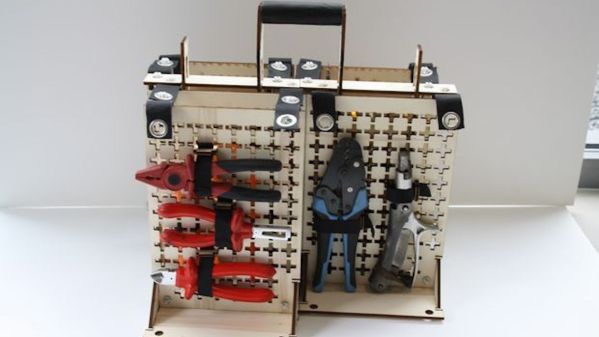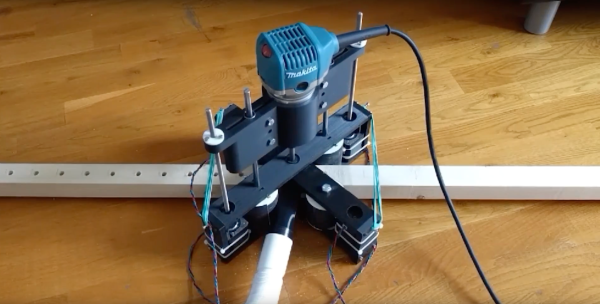[Nico71] works for a company that makes industrial CT scanners. These x-ray machines look inside a piece of equipment, allowing operators to verify assembly and to inspect for material integrity. It also allowed [Nico71] the opportunity to scan a LEGO servo he had lying around, and which no longer worked. The resulting images look fantastic, and really allow you to look into a closed system and pick apart how it works or why it’s not working. In this case, you can see one of the wires has been damaged.
[Nico71] plans to scan a bunch of LEGO components, comparing (for instance) official LEGO products with shanzhai knockoffs. Which is better constructed? It’s one thing to have thinner or cheaper plastic, or a lower grade of steel, but how is the part engineered?
We’ve covered a surprising amount of CT goodness on Hackaday, including this process for turning a CT scan into a 3D print and a post on improving a homebrew CT scanner. Continue reading “LEGO Components Under X-Ray”





















